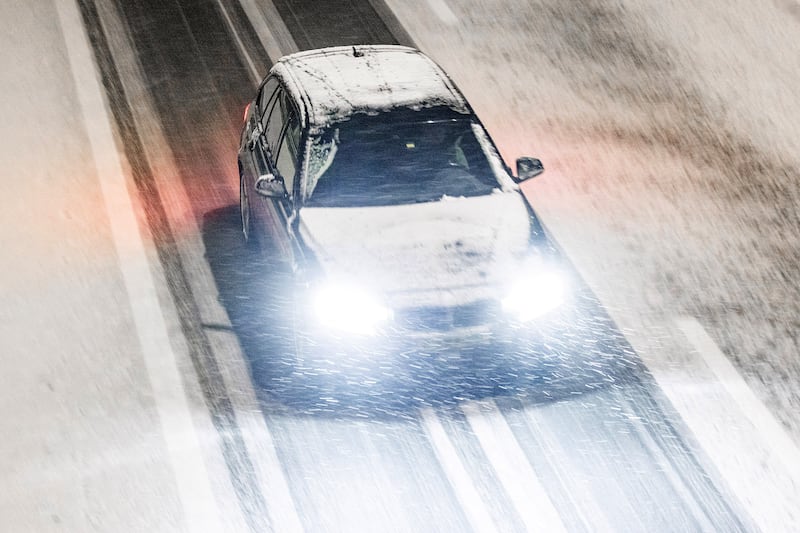Sir, – Further to the suggestion by Helen Gallagher for the reintroduction of a “Traffic School” for children (Letters, November 29th), I suggest that courses offered by such a school also include how to predict whether a motorist will stop at a red light or zebra crossing; recommended techniques for jumping out of the way of a motorist speeding through a red light or zebra crossing; best methods for weaving through vehicles stopped across pedestrian crossings; and ways for walking safely along pavements strewn with parked vehicles. I am sure that there are many other road safety techniques that children could also be taught, thus ensuring that the responsibility for road safety is not where it ought to belong. – Yours, etc,
IAN BELL,
Monkstown,
Co Dublin.
I met my younger self for coffee – and this is the financial advice I gave
Your EV questions answered: Do all electric cars only have rear-wheel drive? What about driving in snow?
Fintan O’Toole: A cunning plan to bring Saint Patrick’s writings to the White House
Parkinson’s: ‘I know it will beat me in the end, but I’m going to make it wait’
Sir, – Pavel Marianski (Letters, November 25th) disparages (perhaps a little tongue in cheek) the idea of mandatory hi-vis clothing for pedestrians and cyclists, but pedestrians and cyclists are actually quite difficult for motorists to see, especially at dusk and night-time. They present a small, and difficult to see, profile, particularly if wearing dark clothing and without lights.
I say this as a car driver, but as a cyclist, I recognise that in order to be seen, I must do something to increase my visibility to motorists.
If they don’t see me, they definitely can’t avoid me.
So, when I cycle, I wear a hi-vis reflective vest or jacket along with, even during the daytime, flashing led lights (which may not be strictly legal but they massively improve visibility to drivers), along with proper steady lights when it’s dark.
I do this simply because it improves my visibility to motorists and so I am taking positive steps to protect myself and reduce the chances of a collision.
It’s not a guarantee against one, but it helps.
Encouraging cyclists and pedestrians to make themselves more visible is not putting “all the responsibility” on them, it is simply common sense and showing a bit of personal responsibility.
It is, of course, also the personal responsibility of motorists to take care around cyclists, especially when overtaking, leaving plenty of room when doing so, and not overtaking if it means squeezing the cyclist. Cyclists can wobble, so leaving plenty of space is good driving and good manners.
On the subject of visibility for vehicles, painting every car bright pink or luminescent green just isn’t going to happen, but it certainly would be an excellent idea if the Minister for Transport introduced mandatory dipped-headlight lighting-up times before dusk, along with during fog and rain.
Too many vehicle drivers are also making themselves hard to see at dusk because they only switch on their sidelights in, rather than their dipped headlights. E-scooter riders definitely should be required to wear a lighting harness around their waists, a height at which the lights can be seen. Although e-scooters come with lights attached, they are far too small and far too low to be of any use whatsoever, especially in traffic.
Lights also allow other road users to see you. They are not just for seeing by.
“Be safe, be seen” was a slogan used in an old road safety campaign. Perhaps it’s time to bring it back. – Yours, etc,
DAVID DORAN,
Bagenalstown,
Co Carlow.








